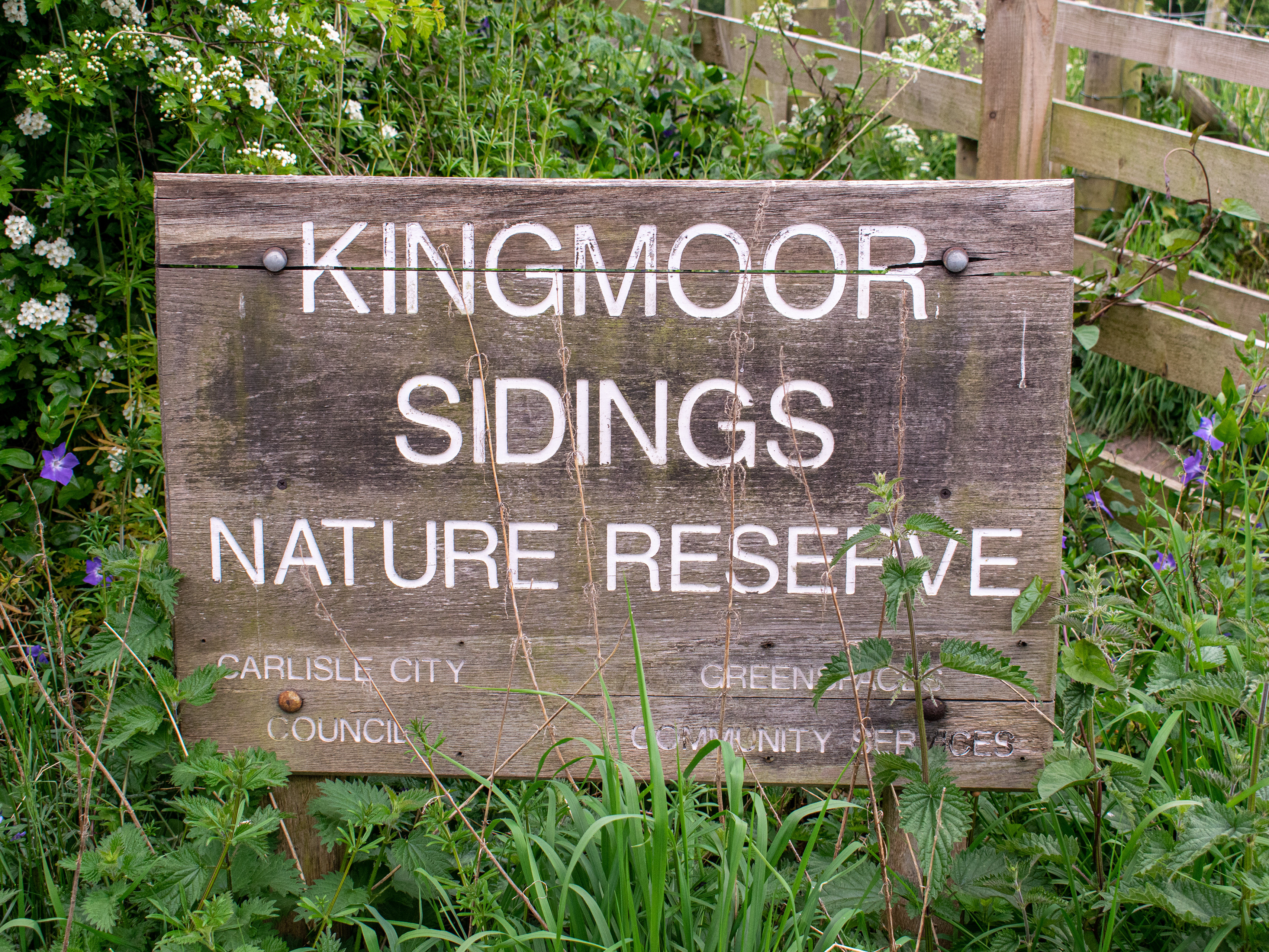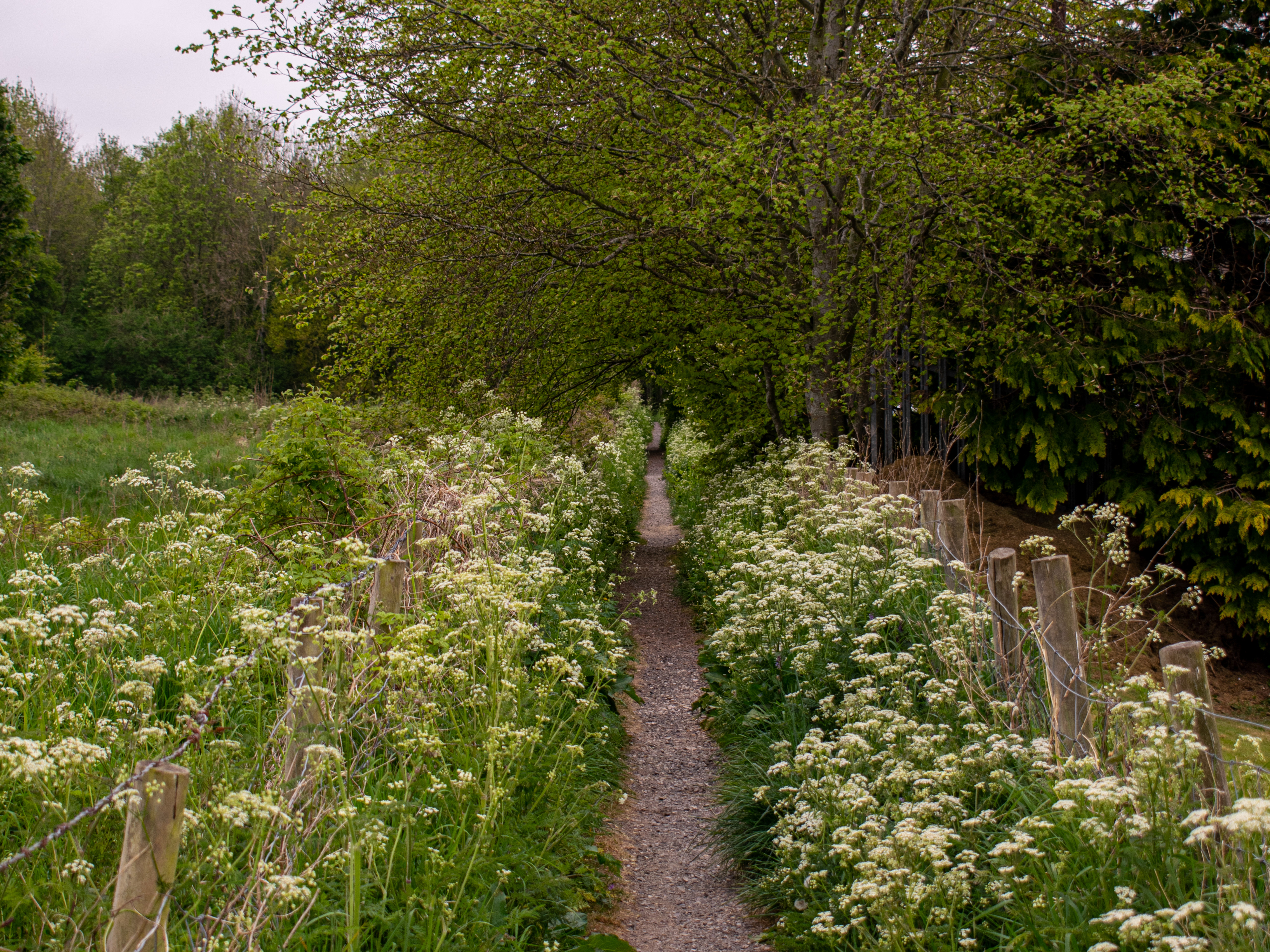Fig. 6 - The 'open area' in the Sidings Reserve (Johnson, 2020)
The Sidings reserve is managed on a minimal level by Carlisle City Council. As in the other Kingmoor sites, and commonly in most green spaces in the UK, work undertaken is often completed for health and safety reasons: keeping pathways, entrances and exits clear and accessible, ensuring any structures are safe and so on.
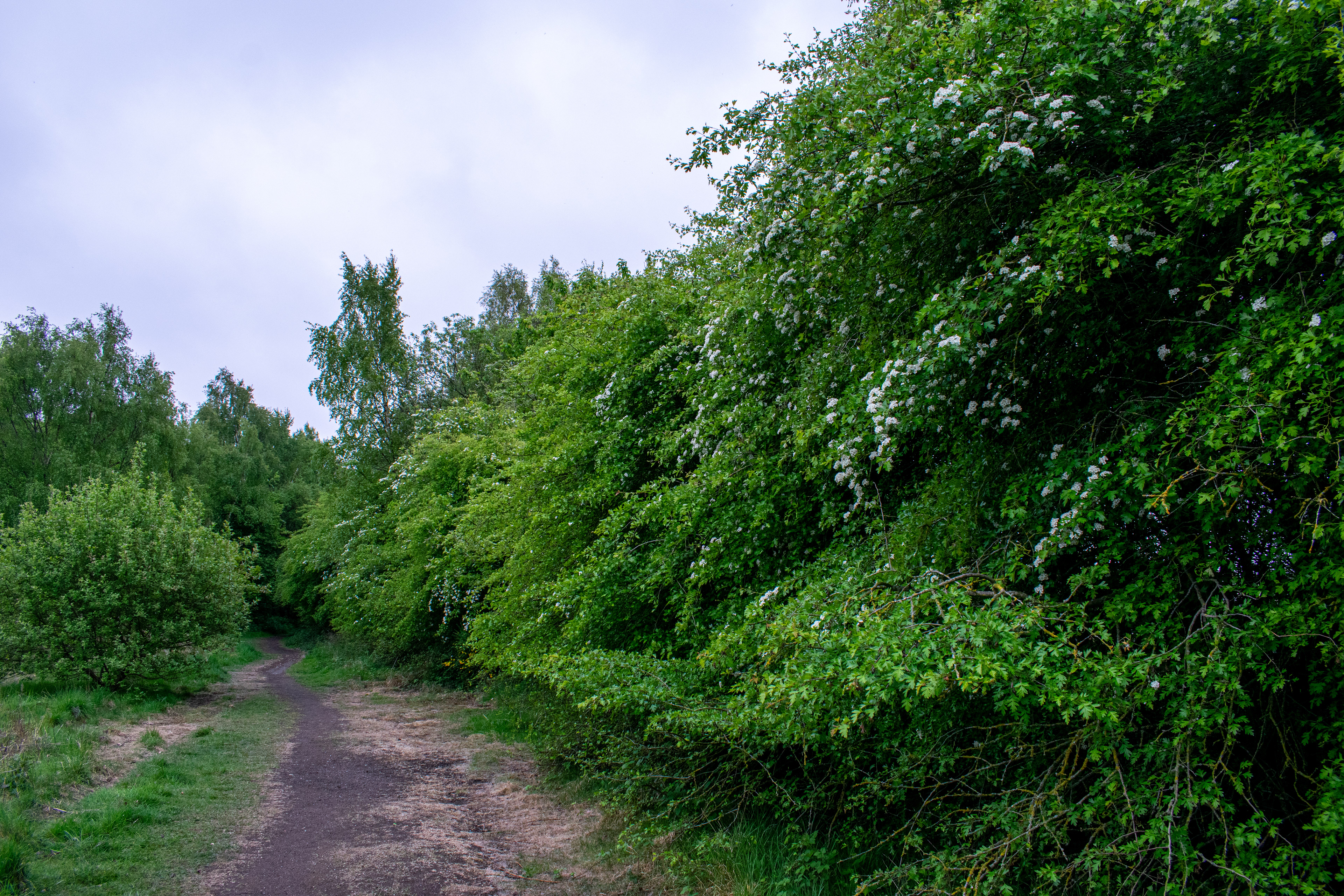
Fig. 7 - Path boundaries (Johnson, 2020)
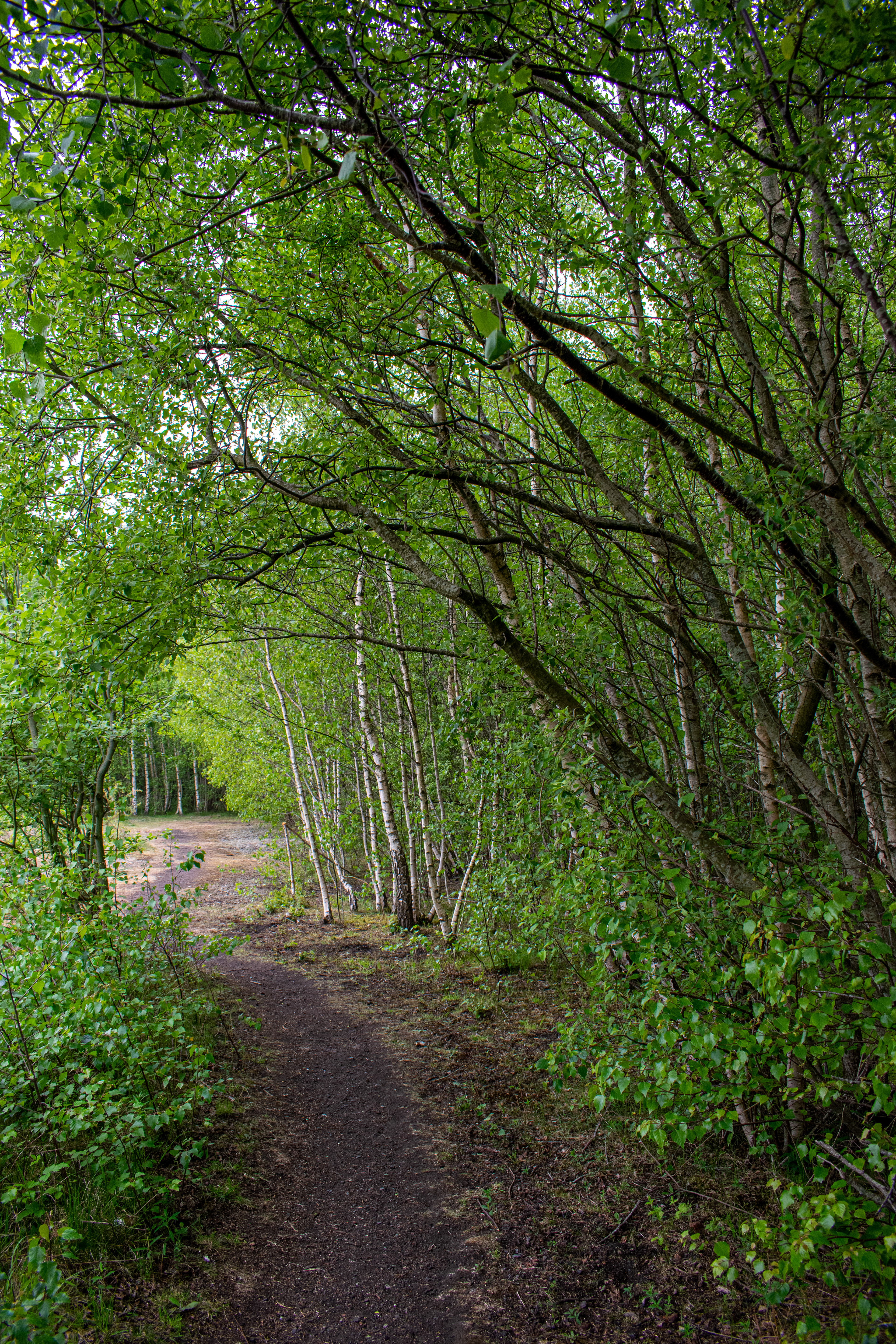
Some of the management of the Sidings reserve does goes a little further than just health and safety related work, as Kim Fitzmaurice (2020) of Carlisle City Council explains: " ‘thinning’ works where needed to stop certain species like sycamore and beech take over the whole woodland as we like to keep mixed species woodlands." Adding to this, he explains that the management of the site also involves keeping " an area ‘open’ from woodland", which allows a mosaic of habitats to develop, a key cornerstone of developing biodiversity. He also notes that keeping this area clear of trees "brings in light and helps with flight paths for birds and bats." The primary method of keeping tree activity low is coppicing: cutting tree growth right back to the ground, which encourages fast and varied regrowth. Coppicing also gives the ground around a tree access to more light, increasing growth of other species of flora which in turn attracts more fauna.
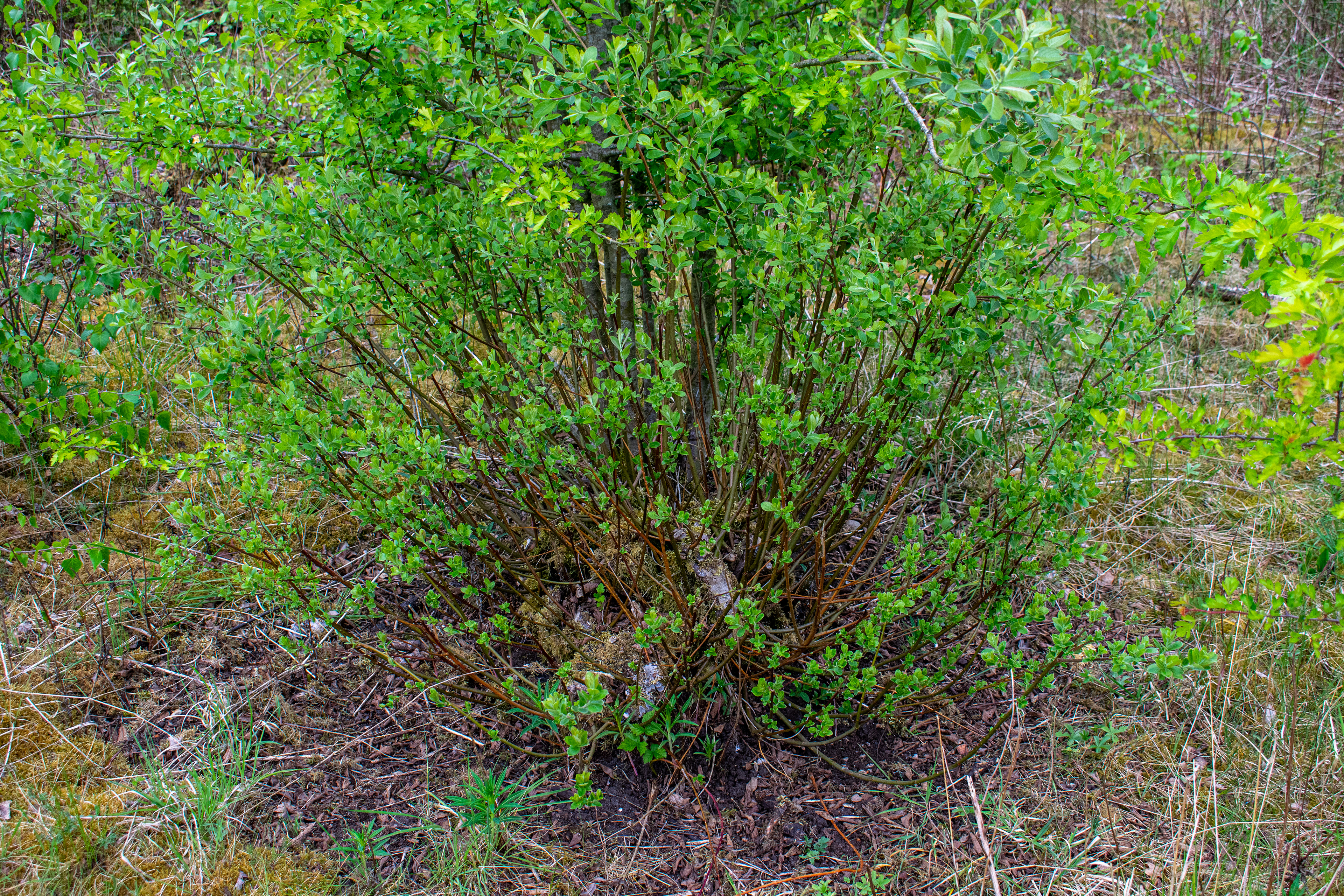
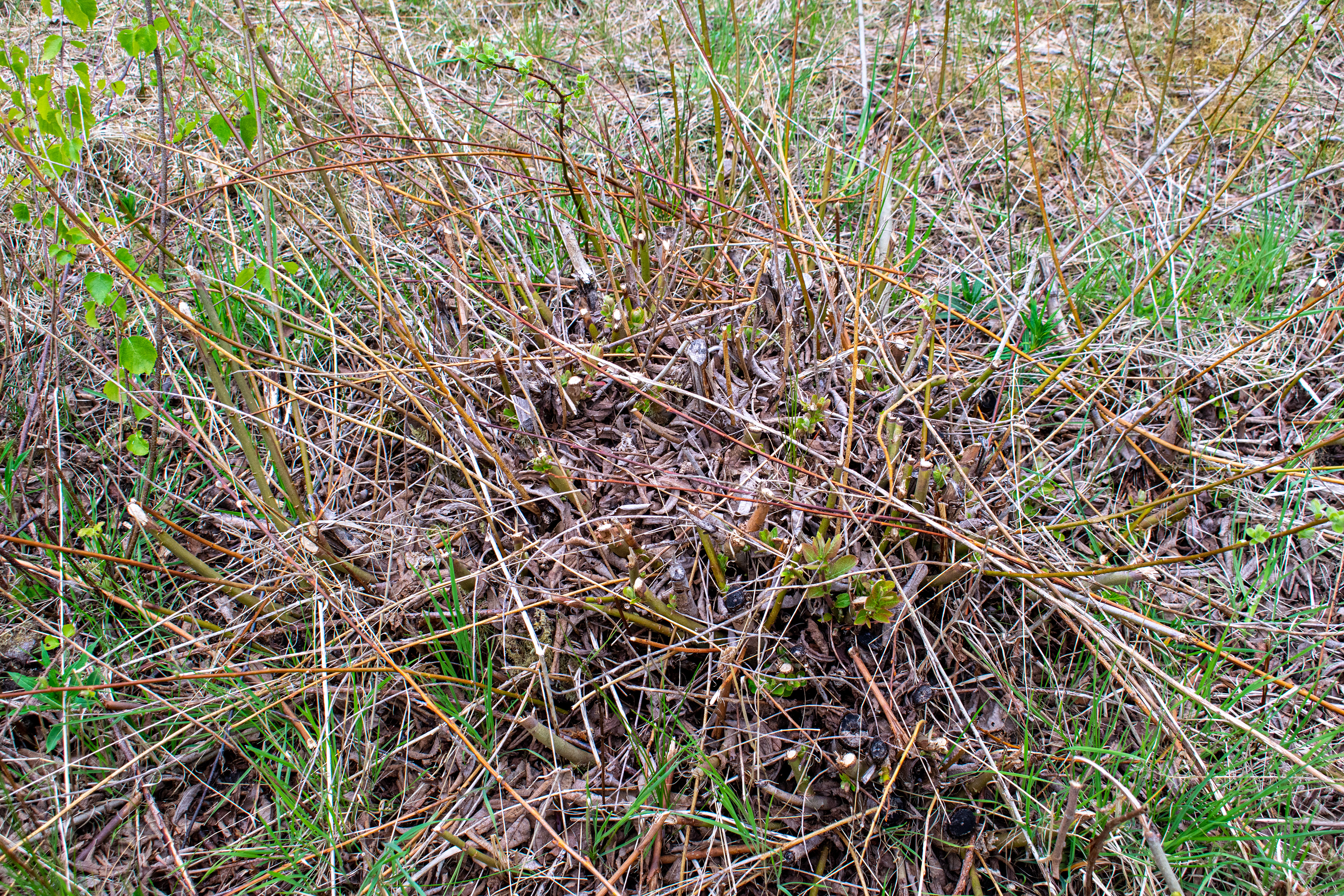
Fig. 8 - Coppicing (Johnson, 2020)
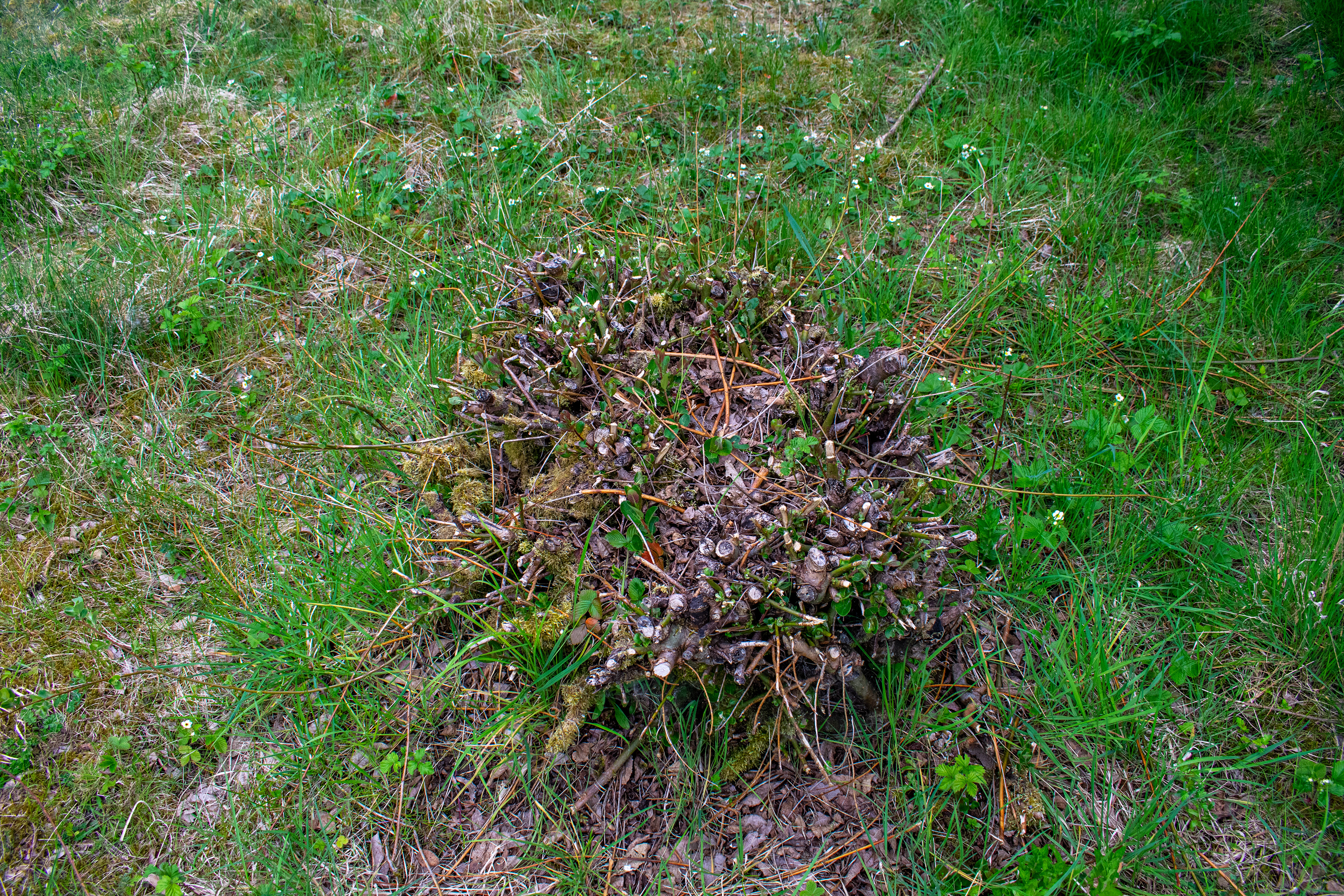
The development of mosaic habitats on post industrial land is described in the 'Cumbria Species and Habitats Statements' (CS&HS) document produced in June 2008 by the Cumbria Biological Data Network, which builds on UK Priority Habitat descriptions. It states that mosaic habitats comprise of "bare ground with, typically, very early pioneer communities on skeletal substrates, more established open grasslands, usually dominated by fine-leaved grasses with many flowers, scrub, and patches of other habitats such as heathland, swamp, temporary pools and inundation grasslands." Mosaic habitats develop over long periods of time, bringing together several varieties of habitat and species in a given area. They are often referred to as 'brownfield' sites. They are generally made up of a mixture of bare ground, short grassland and scrub. Invasive plants, such as bracken and bramble, may also establish themselves as the lack of usual maintenance allows them to grow. These low-growing plants offer shelter to species such as mice, while also providing material and space for birds including robins and finches to nest.
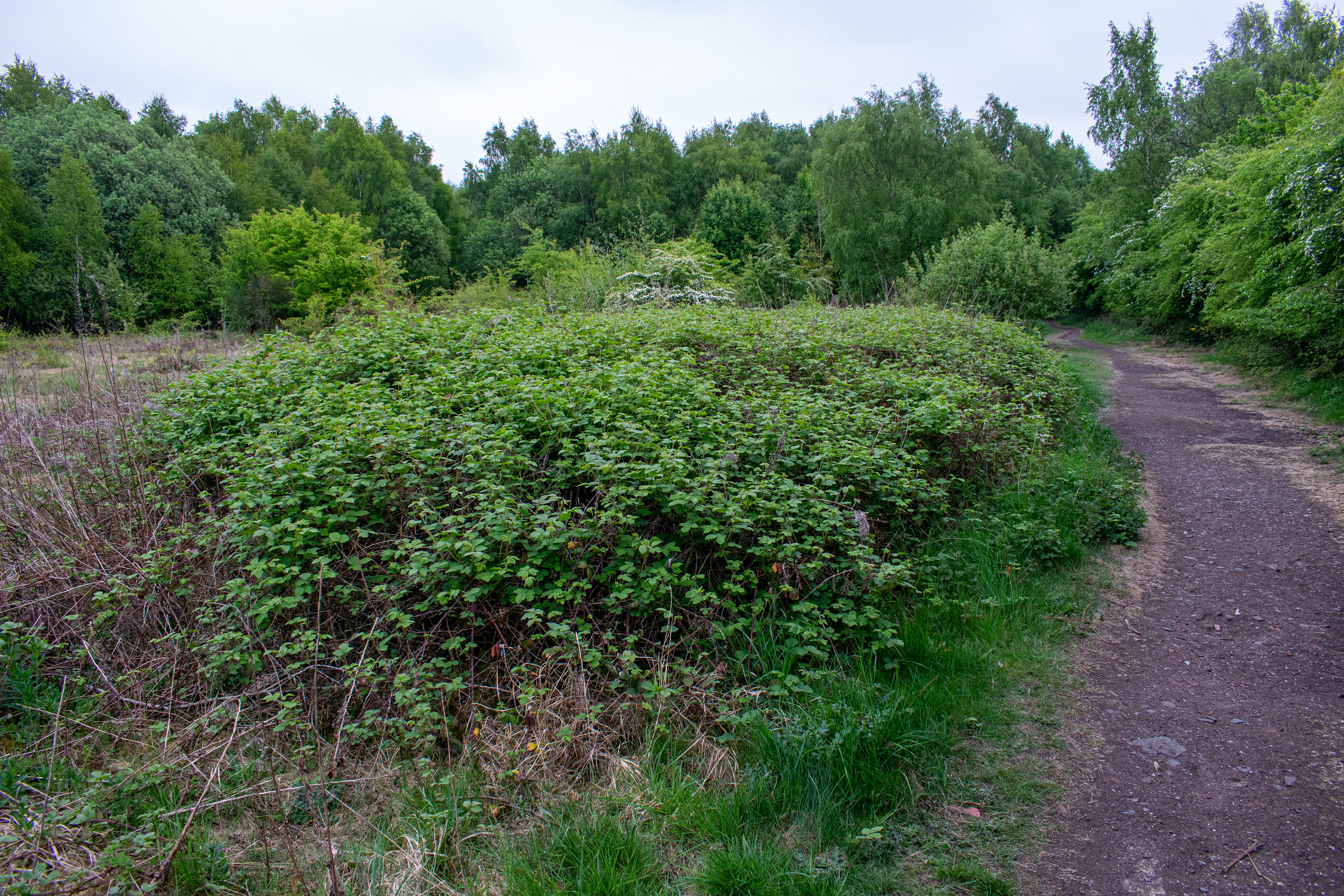
Fig. 9 - Brambles and bracken thrive when left alone (Johnson, 2020)
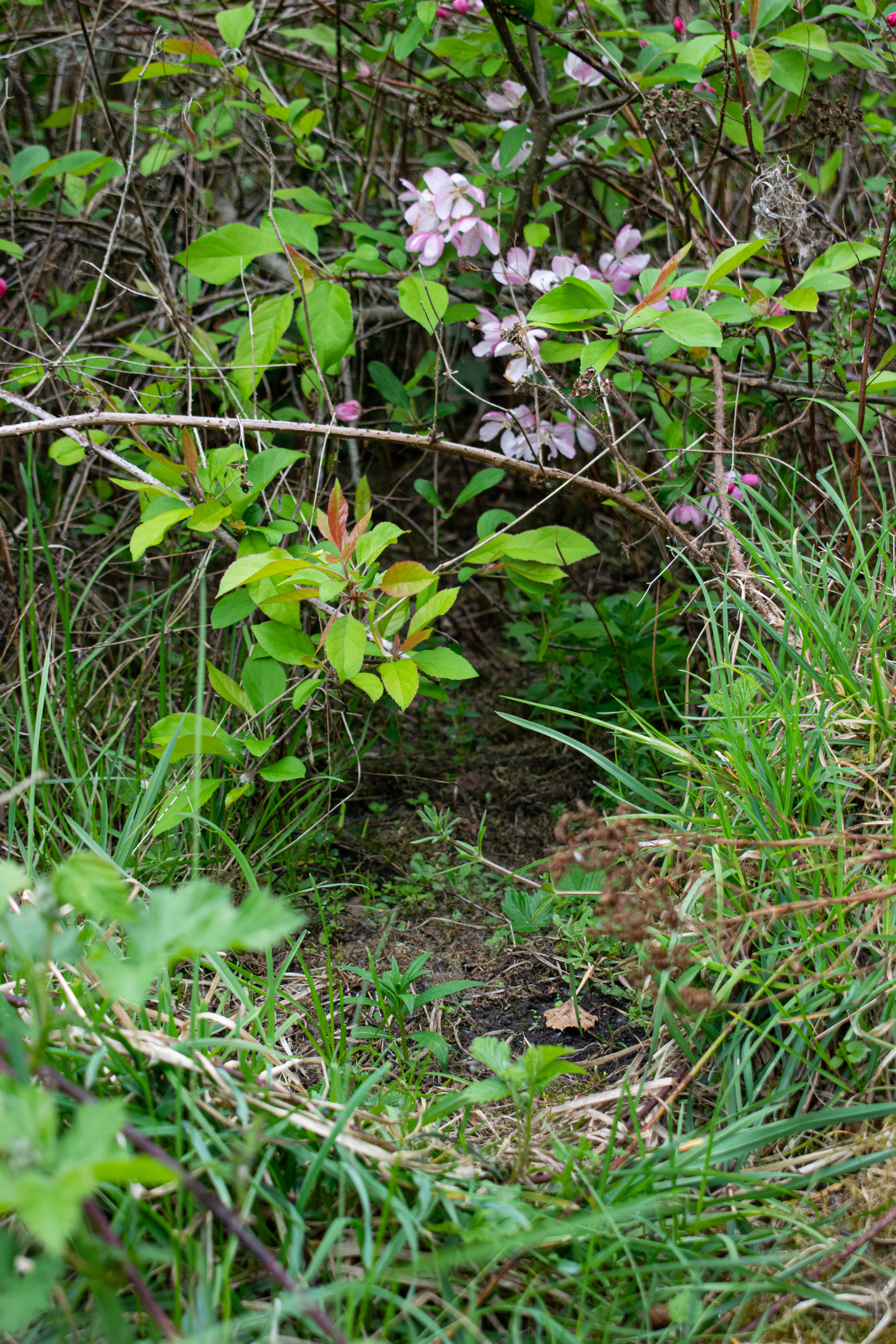
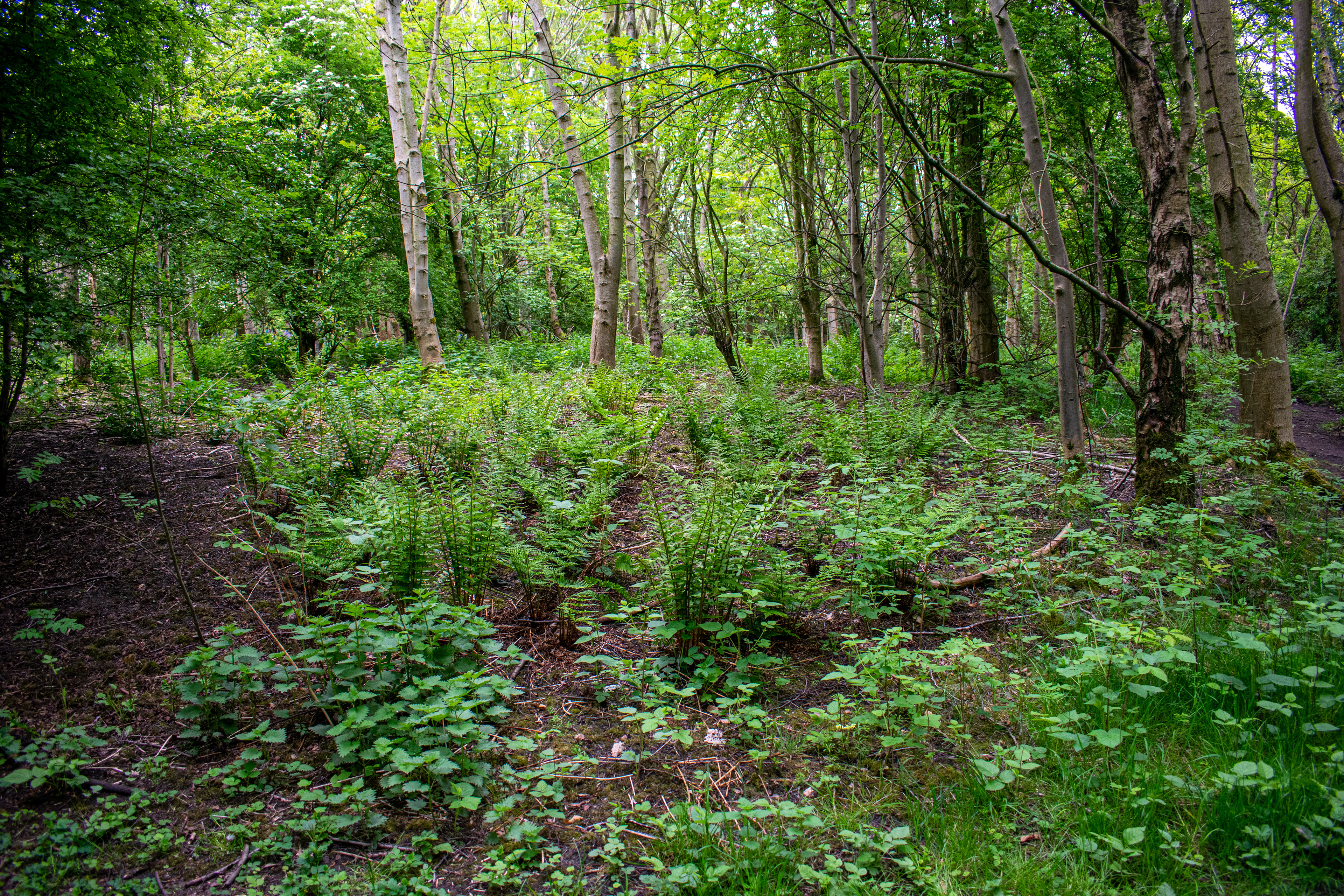
Mosaic habitats support a wide variety of flora and fauna species, however they are particularly important for invertebrates such as bees, butterflies and snails. Reptiles too can thrive on these sites: often these brownfield areas contain derelict buildings and rubble, ideal for finding shade and safety, or basking. The practice of keeping a particular area cleared of trees is important for increasing biodiversity: it allows the development of a different set of habitats and thus allows other species to reside in the area. Alongside this, from an engagement perspective, it is important that there are a variety of habitats available for visitors to experience; the CS&HS document makes this clear, stating: "These habitats are often the only locations where people can enjoy wildlife directly in their day-to-day lives." It is vital to maintain this interest in order to prevent conservation issues fading into the background of decision making. The Sidings reserve does this quite well: the information boards dotted around the site link together as a trail, offering an insight into how different the site was over 50 years ago.
As previously described by Kim Fitzmaurice, the open area within the woodland offers flight paths for birds and bats. The combination of an open area with trees nearby offers safety for ground nesting birds such as the Redstart and Tree Pipit. The development of different habitats brings with it a wider selection of food for birds present in the area; an increased availability of food will also attract more species as the site develops. As with many sites open to the public, litter is an issue, however this can be a food source for scavengers like the Pigeon. Alongside being beneficial for birds, the general environment of the open area in Kingmoor Sidings is very useful for bats. Bordered on three sides by well established birch trees, the area offers good roosting spots. Key however is the open area of brownfield; this offers a reliable source of insects for bats to forage under the shelter of tall surrounding trees and shrub in the open area.
Current records available from the National Biodiversity Network show no marked recordings of species in the exact area in question, however there are records for the Sidings site in general. From the records, it is clear to see that the reserve supports a wide variety of species, including Great Crested Triturus cristatus and Smooth Lissotriton vulgaris Newts, Azure Coenagrion puella and Large Red Pyrrhosoma nymphula Damselflies and the Eurasian Common Shrew Sorex araneus. Fitzmaurice stated that "the area around here gets wet and is good habitat to spot dragonflies".
Fig. 10 - National Biodiversity Network record points in Kingmoor Sidings (Johnson, 2020)
